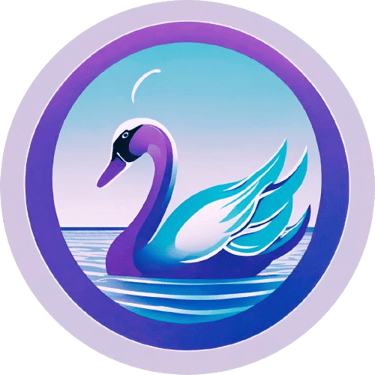Mastering Technical Writing for SaaS


Tips, Tools & Strategies for Future-Proof Writers
Why SaaS Documentation is a Beast of Its Own
Technical writing for SaaS isn’t just user manuals and help centers—it's a cross between user advocacy, product storytelling, and a bit of customer support wizardry.
SaaS is:
Cloud-based (so it updates constantly)
UI-heavy (so screenshots age like bananas)
Subscription-driven (so clear onboarding = revenue)
API-rich (so devs need love too)
You're not just explaining how features work—you’re guiding users through a constantly evolving product landscape. That means your writing needs to be scalable, maintainable, and often, multilingual and localization-ready.
Golden Tools of the Trade
If your SaaS product evolves weekly, so should your toolbox. Here's what’s essential:
1. Documentation Platforms
ReadMe, GitBook, Document360, Confluence
Perfect for dev-facing and user-facing docs alike, especially with version control and live previews.
2. Content Management Systems
Headless CMS like Contentful or Sanity.io for scalable multi-channel publishing.
3. Version Control
Get comfy with Git. Docs versioning is not optional in SaaS.
4. API Doc Generators
Swagger (OpenAPI), Postman, Stoplight
Auto-generate docs, then polish with your human magic.
5. Analytics Tools
Tools like Hotjar, Pendo, or Google Analytics let you track what users actually read—and bounce from.
Best Practices: SaaS-Savvy Writing Tips
Write with Iteration in Mind
Avoid hardcoding details. Use variables or placeholders where UI or features might change.
E.g., "Click the Settings icon (gear symbol in top right)" instead of "Click the blue button labeled 'Preferences'."
Prioritize Navigation and Findability
Structure content like a GPS for lost users. Use:
Clear headings
Logical breadcrumbs
Search-optimized titles and summaries
Docs-as-a-Product Mindset
Treat your docs like a product:
Gather feedback
A/B test tutorials
Maintain a changelog
Track usage
Collaborate with Devs & PMs
Embed yourself in the product team. Attend sprint planning. Get early access to beta builds. Ask the dumb questions (they're never dumb).
Plan for Localization
Even if you're not translating now, use neutral phrasing, avoid idioms, and structure content in localization-friendly chunks.
Maintain a Single Source of Truth
Docs rot fast. Use structured content, snippets, and reusable components to reduce duplication. One truth = fewer lies.
Keep Leveling Up
The SaaS world doesn’t stand still, and neither should you. Stay sharp by:
Following changelogs of your favorite products.
Reading docs from Stripe, Notion, and Linear—they’re the gold standard.
Taking short courses on Git, API tools, and content design.
Engaging in tech writing communities like Write the Docs or Reddit’s /r/technicalwriting.
You’re the Onboarding Wizard
SaaS lives or dies by how fast users get value. You’re not just explaining buttons—you’re accelerating adoption, smoothing friction, and creating clarity where chaos reigns.
So update those docs. Sharpen your voice. And remember: your next sentence might be the one that turns a confused trial user into a paying customer.
Keep writing. Keep iterating.
Your keyboard is a growth engine.
Welcome, documentation dynamos and wordsmiths of the wireframe!
In the cloud-charged world of SaaS (Software as a Service), the code may write the logic, but it’s you, the technical writer, who tells the world how to use it. When products iterate overnight and UIs shape-shift faster than you can say “API call,” your words must stay agile, precise, and eternally helpful.
Let’s explore how technical writers can thrive (not just survive) in the fast-paced, pixelated realm of SaaS.
